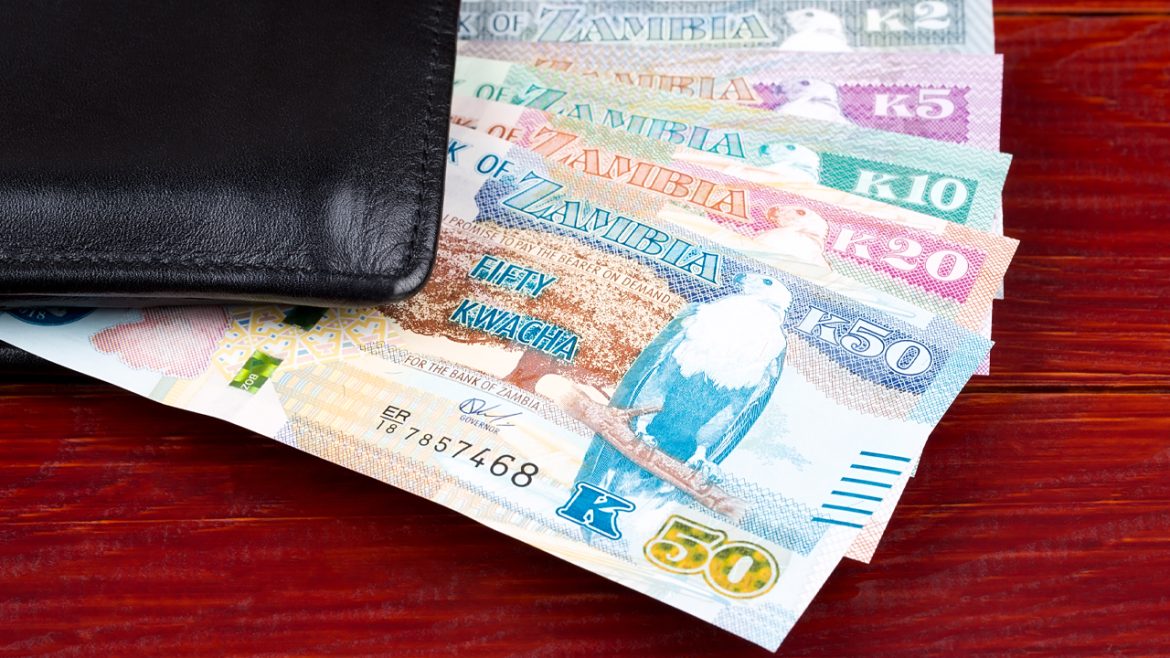In recent weeks, currency traders across Africa have been closely watching movements in local markets, with particular focus on the Ugandan shilling and the Zambian kwacha. Both currencies are now expected to record modest gains, following favourable economic conditions and improved foreign exchange inflows.
In Uganda, forex dealers say the shilling is gradually gaining strength due to a drop in import demand and steady inflows from tourism and coffee exports. The Ugandan government, through the Bank of Uganda, has been implementing measures to manage inflation and reduce excess liquidity. This includes mopping up money from the system to ensure that inflation does not rise sharply. Traders believe this will keep the shilling strong in the near term.
Speaking with journalists, a currency analyst, Mr. Joseph Mugisha, said: “We are seeing low import activity this period, so there is less demand for dollars. At the same time, coffee and tourism are performing well, and that is bringing in good forex.”
The Bank of Uganda’s strategy, especially as it relates to controlling monetary policy and strengthening foreign exchange reserves, has also given traders more confidence in the local currency. With the harvest season around the corner and reduced pressure on imports, the shilling is seen as one of the most stable currencies in the East African region for now.
In Zambia, the kwacha is also getting a boost from the mining industry. Global copper prices have remained firm, and this has helped the country generate more forex earnings from exports. Analysts say this trend could continue, especially as Zambia’s economy begins to recover from recent financial challenges.
Mr. Charles Mumba, a Lusaka-based economist, noted that Zambia’s recent efforts to restructure its external debt have started yielding positive results. “Investor confidence is gradually returning. With the mining sector picking up again and copper exports doing well, the kwacha is gaining some breathing space,” he said.
The Central Bank of Zambia has also maintained tight control over the money market and is working to stabilise inflation, which had previously affected the currency’s strength. Officials say the focus now is on strengthening reserves and improving local production capacity to reduce reliance on imports.
In contrast, the Nigerian naira and Ghanaian cedi are expected to remain stable in the short term, though not showing the same level of strength as their East and Southern African counterparts.
In Nigeria, the Central Bank has raised interest rates and injected more dollars into the market to help support the naira. These interventions are aimed at reducing inflation and managing currency volatility. The naira has come under pressure in recent months, especially as importers scramble for forex and oil revenues remain unpredictable.
Ghana’s cedi, on the other hand, is being supported by reforms tied to its ongoing programme with the International Monetary Fund (IMF). The country is trying to rebuild its foreign reserves and manage inflation through fiscal discipline. The IMF programme has given Ghana some breathing room, but analysts warn that the cedi could still face challenges if reforms slow down or external conditions worsen.
Overall, the broader trend across Africa suggests that currencies backed by strong export earnings—especially from mining and agriculture—are likely to perform better. Countries that manage their public spending, reduce dependence on imports, and improve monetary governance are expected to attract more investor confidence and maintain currency stability.
Experts say that for long-term stability, African nations must invest in local production, reduce import bills, and expand their export base beyond commodities. As global demand for critical minerals like copper and cobalt rises, countries like Zambia may benefit more—if they maintain transparency and consistency in policy.
For now, the Ugandan shilling and the Zambian kwacha are showing signs of resilience, offering some optimism in a region where currencies often face external shocks and domestic challenges.
